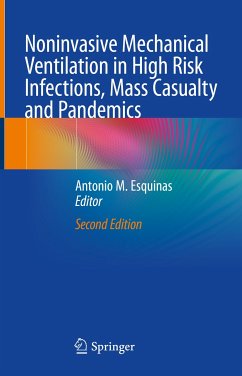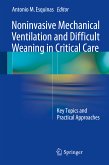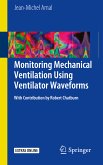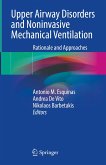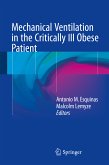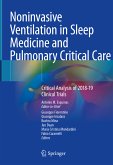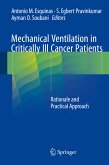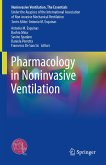The second edition of this book describes the clinical indications of NIV in patients hospitalized with high-risk infections as well as in the prehospital management of mass casualty incidents, including chemical or biological disasters and pandemics. In recent decades, we have learned the impact that different pandemics and mass casualty disasters can outcome in terms of health resource use, health costs and human lives. The development of respiratory failure in these patients, either infectious or non-infectious causes, has led to develop employment plans related both to invasive or noninvasive mechanical ventilation during acute respiratory failure.In this book authors evaluate a rational basis for indications, specific noninvasive mechanical ventilation indications in hospitalized patients (tuberculosis, bacterial, virus, etc.) and prehospital applications (mass casualty: chemical, biological disaster), equipment (ventilators, interfaces) and plan organization for health systems: how and when apply NIV. A critical review of already published studies is described as well as implications and how will be the future according to international expert opinions.
Therefore, this updated edition represents a useful scientific reference point according to what it has been experienced in the last pandemics, with respect to the growing role that NIV has and must have in the world.
Dieser Download kann aus rechtlichen Gründen nur mit Rechnungsadresse in A, B, BG, CY, CZ, D, DK, EW, E, FIN, F, GR, HR, H, IRL, I, LT, L, LR, M, NL, PL, P, R, S, SLO, SK ausgeliefert werden.

